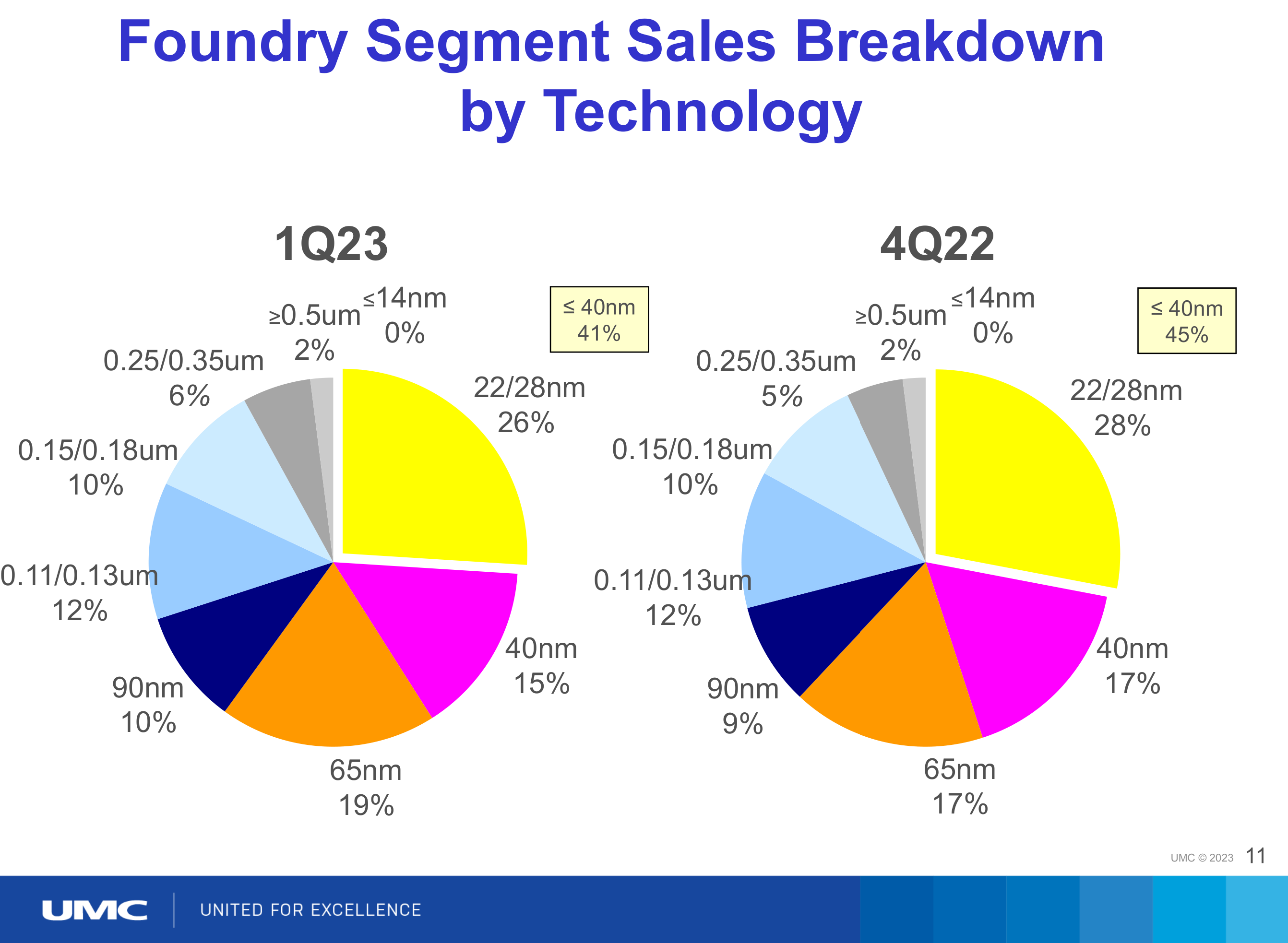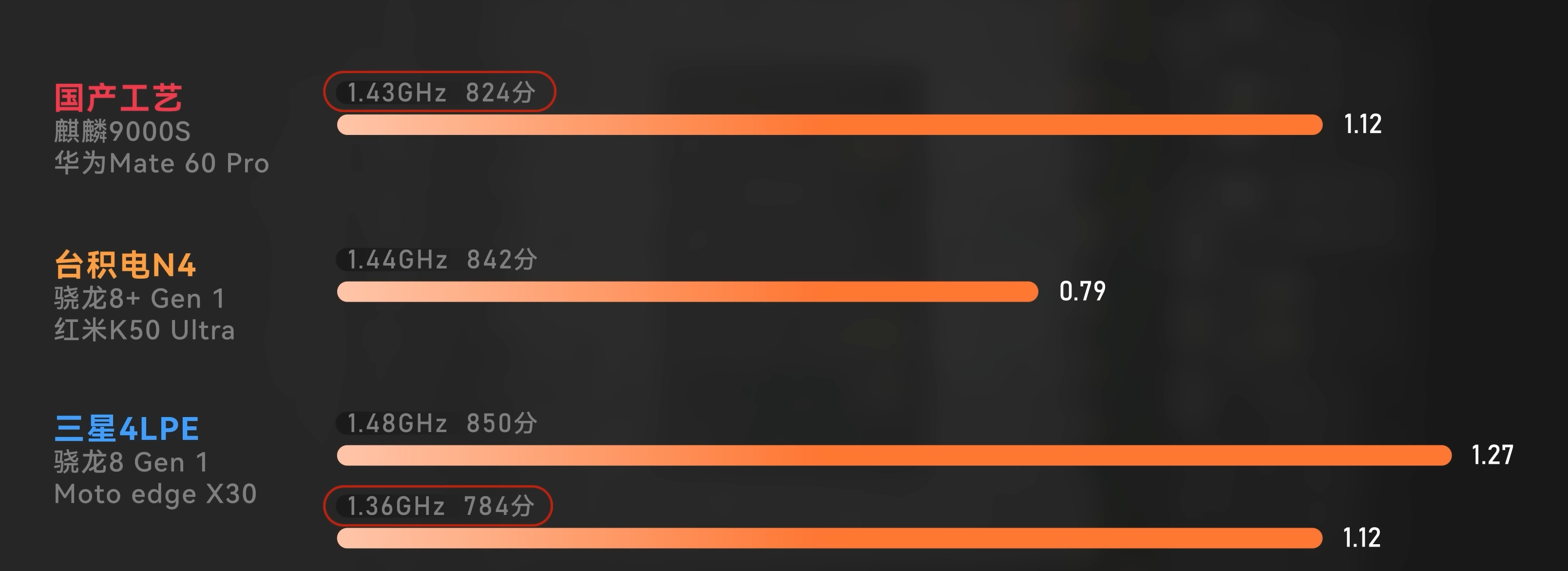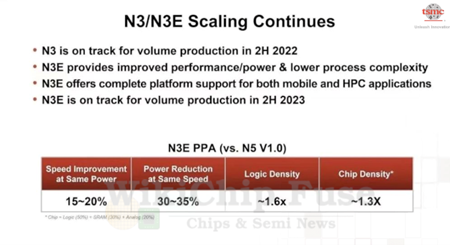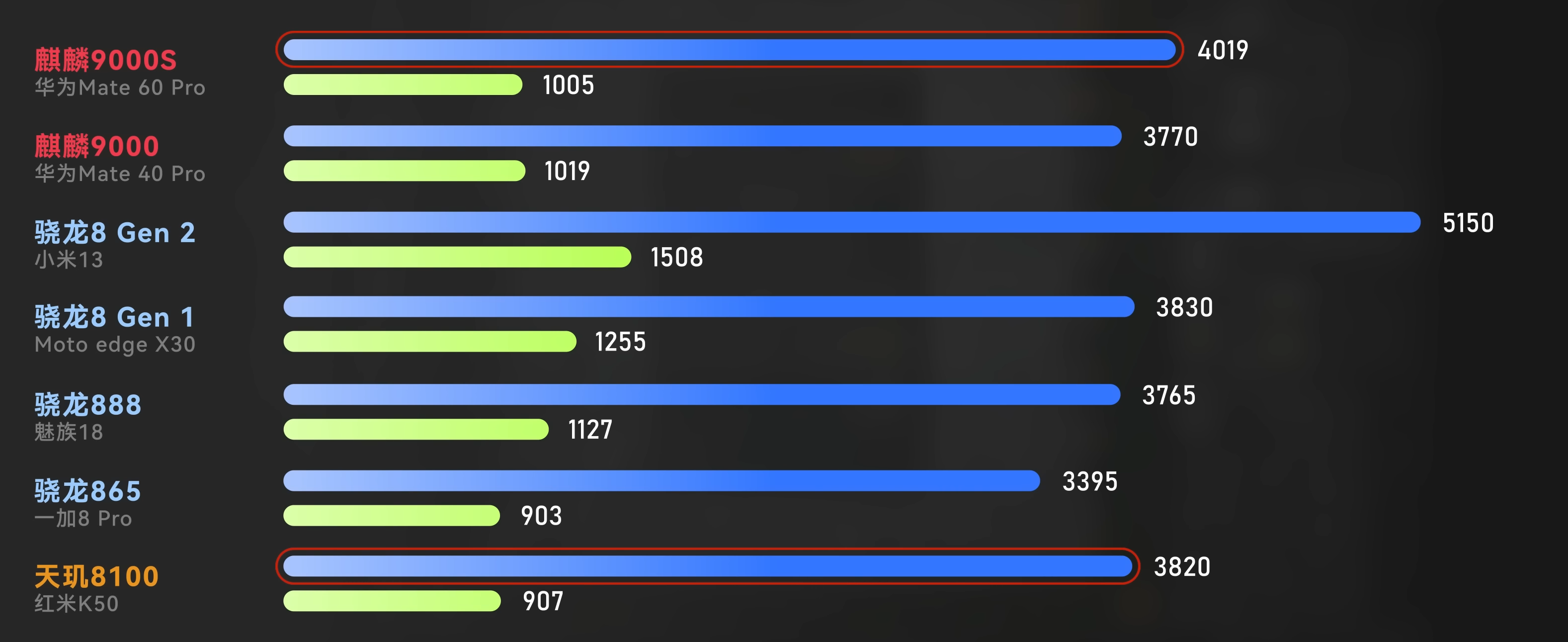- Todd the Father
- Todd the Son
- Todd the Spirit
StugStig
Sanctions really are the biggest own goal.
It would be the LEAP not the PD-14 in the MC-21, if not for sanctions. In normal conditions, it's a winner takes all market no matter how tiny the difference is every cent counts to carriers. Only the single most efficient engine available would've made sense and it turns out sanctions did just that.
The sanctions are the largest boon to Chinese semi tool companies; they were snubbed by big name Chinese tech beforehand. Now, fear and uncertainty of supply weighs down the western competition. ASML in China has been brought down to SMEE's level; next year, ASML can't sell anything more advanced than what SMEE can make.
SMIC would have the same issues as Global Foundries did with justifying the investment in 7nm. The few fabless companies in China that use leading edge processes are wedded to TSMC. If Huawei wasn't there as a guaranteed customer, SMIC wouldn't have been able to get their investment to pay off. Huawei didn't even consider domestic alternatives outside of what they themselves make before the sanctions. The Mi 10 Ultra, with a QCOM SoC, had more domestic parts than the Huawei equivalent.
Even advanced engines can't redeem the F-35 though, it's still slower than the JF-17.
Yes, there will be progress but that's not really what Moore's Law is about. Moore's Law is not an observation that there will be progress eventually but an observation at specific rate of that progress. It's not "transistors will double eventually", or "transistors will increase somewhat every 2 years".
With exponential growth, the tiniest decrease compounds to a major difference. 2 to the power of 3 is 8; the A16 has 16B transistors not 26B. That's with the gains of the last DUV nodes, 16->10->7nm. EUV to EUV, 5nm to 3nm doesn't match up to that. It seems transistor growth with EUV nodes is becoming linear so not really in line with the exponential growth of Moore's Law.
The chips could be larger but flagship phones would have to become even more expensive, and physically larger to dissipate the extra heat. Dennard Scaling mattered more in practice than Moore's Law ever did but that ended over a decade ago. At the end of the day, all the microarchitecture and foundry advances are there to deliver better performance for every succeeding generation and the rate of that is definitely decelerating.
In 3 years, the only Android chip that has a perceivable difference in performance from the Kirin 9000 is the 8 Gen 2, which cost $160 just for the chip. That performance difference isn't even enough to be a selling point; the Mate 60 Pro is in the same price range as those 8 Gen 2 phones yet is still perfectly competitive in that market segment.
SMIC is the fab that Huawei contracts to make the Kirin 9000S. Huawei has the capability to make most other chips itself just not mobile phone SOCs.
AMD always having the process advantage over Intel and Nvidia but still ending up as the underdog is puzzling.
AMD Zen 2 on 7nm should've destroyed Comet lake on 14nm but it didn't. Rocket Lake faired a lot worse against Zen 3 but it was an iffy 10nm to 14nm port job.
AMD Navi GPUs on 7nm somehow were less efficient than Nvidia's Turing on 12nm(16nm+) while also not having ray tracing or tensor cores. Nvidia were left cocky enough to go for Samsung's discount 8nm the gen after instead of attaining process parity.
It's going to get worse because the gains from each succeeding node diminishes so AMD can no longer count on the gains to make them competitive.
It doesn't help that Qualcomm's 888, and 8 Gen 1 were a disappointment. Even more so since they were the debut of ARM's Cortex-X series of performance cores. Those were supposed to be ARM's attempt at matching Apple's custom cores. Thermal throttling issues meant that they weren't even real upgrades from the 865 in terms of sustained performance.
The original Kirin 9000 was from 2020. Hard to improve performance, if the US government is doing everything to hinder your ability to make chips in the first place. Huawei matching the original TSMC 5nm EUV chip with just SMIC 7nm DUV is a miracle.
Well look at the other contract fabs that could buy EUV scanners if they wanted to.
GlobalFoundries gave up on 7nm so 14/12nm is the best they have. UMC barely makes any 14nm chips so they definitely aren't pursuing anything below 7nm. Getting to 7nm is an investment few can make and it won't pay off for most. The number of fabless chip companies that can afford to design for <7nm and need the leading edge in performance is tiny. A high price of entry to serve so few customers.
SMIC is only the third pure play contract fab to offer <=7nm and Samsung needed EUV to get to 7nm unlike SMIC and TSMC.

Judging by the performance and density of the Kirin 9000S, SMIC's 7nm DUV is at least as good as Samsung's 5nm EUV. The same A510 cores made with SMIC's 7nm are as efficient if not more so than those made with Samsung 4nm.

The previous top Huawei phone, the P60 Pro has the 4G variant of the 8+ Gen 1, which was made with TSMC 4nm. The Mate 60 Pro being technically a downgrade in process node is something few if any of its users will actually notice in practice. Huawei could've easily just made a 5G modem and paired it with an 8 Gen 2. It would've been a lot easier to make a tiny modem yield but they chose the harder option of making an entire SOC. They succeeded in matching if not surpassing the TSMC 5nm made original that stopped being made on September 15, 2020. All the sanctions could do was delay further production of the Kirin 9000 for 3 years.
I don't think the CPU performance is down to optimization. The 4 custom Taishan performance cores having hyper threading is probably why. The Kirin 9000S has 8 cores / 12 threads, which is why the multi-core score is so high.
The GPU drivers definitely aren't ready yet; it can't render Genshin Impact correctly. It's not an ARM Mali reference design; it's Huawei own Maleoon 910. The only things from ARM are the Cortex-A510 efficiency cores, and the instruction set.
Transistor density isn't doubling every 2 years.
N3E is only 1.6x denser than N5 and that only apply to logic transistors. TSMC assumes logic makes up 50% of a hypothetical chip to arrive at 1.3x scaling. It wouldn't come anywhere near close to actually doubling in real chips.

Analog and SRAM scaling has been decelerating for years. TSMC N3E has the same SRAM cell size as N5. Samsung 4nm has the same SRAM cell size as 7nm. Because they don't scale with logic, every succeeding generation these components will take up more and more of the silicon hence AMD's move to chiplets.

The Kirin 9000S is only 2% larger than the original 9000, which was made using TSMC 5nm. It performs far better than any 7nm chip.
CPU Performance almost matches the 4nm Exynos 2200, which because the 2300 was a no show is the best chip Samsung has.

GPU Performance although not a match for the original 9000 still exceeds the 5nm Snapdragon 888.

Geek Bench 5 Multi/Single core Scores



Neoliberals will do anything to downplay or outright deny any historical incident where import substitution lead to industrialization. Creating captive markets for the dumping of manufactured products was one of the prime drivers of colonialism, which continued under neocolonialism. With sanctions, the US is unintentionally undermining their own hegemony. Businesses like having access to markets and moats. They are giving moats to one side and stripping access to the other.
Sanctions will do for Chinese chip makers what the great firewall did for Chinese internet giants.
Seeing /u/dylan522p acknowledge reality somewhat is refreshing although the conclusion is the predictable "Washington is just sanctioning wrong, if they followed my foolproof sanction regime it would magically work". Liberals attacking him for this article is quite hilarious. They're really intolerant of even the slightest deviation from US state department rhetoric.